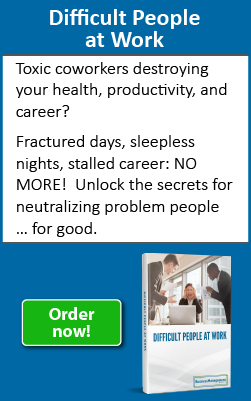Mission statements: the good & the bad
Had your fill of vague, boring mission statements?
Here are four. See if you can guess where they’re from (see answers below):
1. It is our job to continually foster world-class infrastructures as well as to quickly create principle-centered sources to meet our customer’s needs.
2. Our challenge is to assertively network economically sound methods of empowerment so that we may continually negotiate performance-based infrastructures.
3. To improve lives by mobilizing the caring power of communities.
4. Respect, integrity, communication and excellence.
As the name suggests, mission statements only have to state a mission. Simple, right?
Sometimes, simple is hard.
Here are four steps to a passable, if not great, mission statement:
1. You need a goal. What are you trying to accomplish? It helps to visualize it in your mind’s eye. It should be big and inspiring.
2. You have to be specific. Microsoft has one of the best: “A computer on every desk and in every home, all running Microsoft software.”
3. You need to quantify it. Notice how Microsoft does that. Here’s another good one that Amazon came up with for its Kindle reader: “Every book ever printed, in any language, all available in less than 60 seconds.”
4. You must be concise. Even the Kindle statement should lose the words “all available.”
Tips: Make your goal an action, not a feeling. Identify the moving parts; how many are there? Whose lives are you changing, and how? Start from scratch.
Done guessing the provenance of those mission statements at the top? The first two come from Dilbert’s Automatic Mission Statement Generator. The third is from United Way, and the last from Enron.
— Adapted from “Wordplay,” Nancy Lublin, Fast Company.







